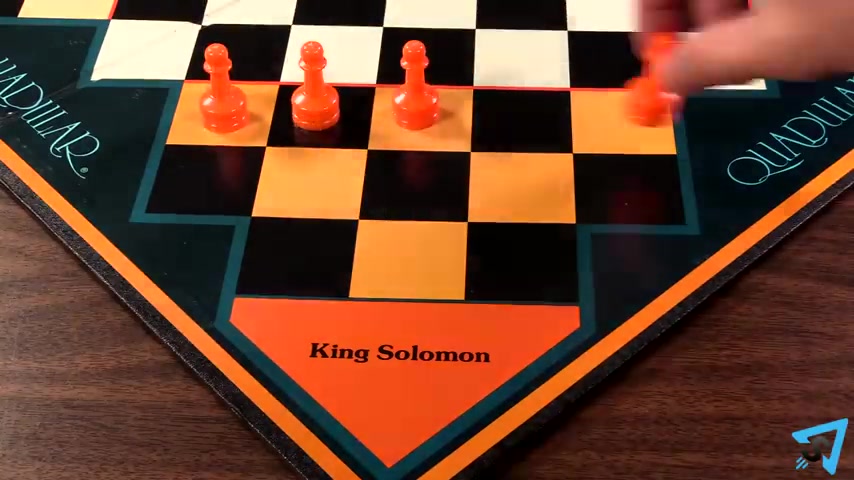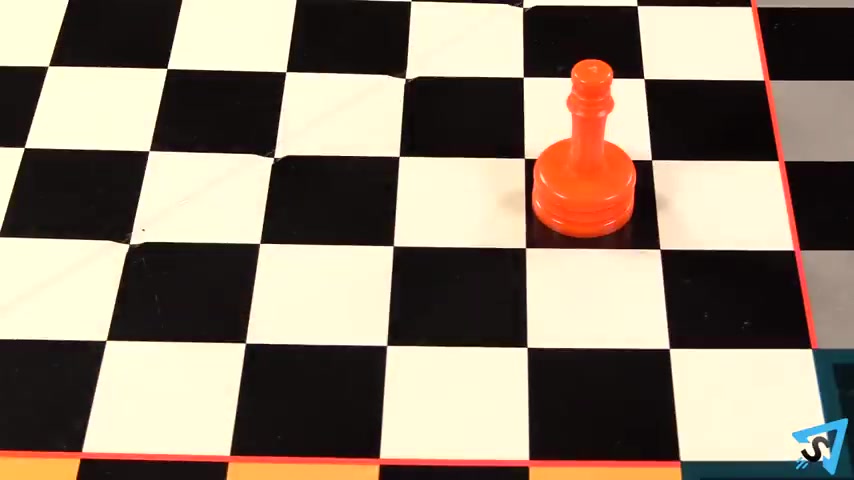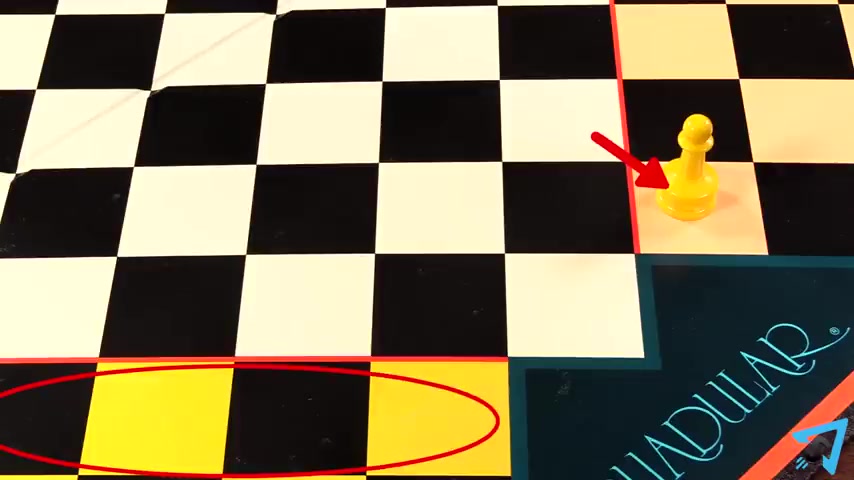https://www.youtube.com/watch?v=7LieZU3KDY4
How to play Quadular

Well , the main point behind this move is that we're unleashing the bishop .
Ok ?
We're creating this really serious threat .
We'd like to push this pawn forward and just checkmate the king .
That's what we're doing now .
It's weird because we're putting the rook where the pawn can take us and it's with check .
And so that's what black does takes it with check .
And now we move our king somewhere .
If you'd like to pause , where should we move our king to , if you had a chance to look at that , the move .
And again , I'm following the puzzle solution here .
But the move is king to G two , which is another weird move because you're staying in line with the queen .
And after check , now we have to move our king again .
And now the move and I'll just tell you this one is king to G one .
And the point is that we've essentially gotten out of the checks and we have this crazy threat on Blacks king .
We're gonna push this pawn forward .

Well , if you had a chance to look at that , the move is king to age two .
And the point is that we are leaving the pin , so we had to get out of the check .
So we're , we're leaving the pin here with our bishop and we're gonna play fa queen next move and black is not gonna be able to take us .
So for example , if they pushed this pawn , we simply get a queen and his checkmate , the queen is pinned , right ?
And if black decides to take our bishop , the same thing's gonna happen , it's still check mate , right ?
Doesn't matter notice it was important that we move to H two not to H one because we didn't want this to be check .
So we had to get off of the the first rank .
So pretty amazing , right ?
Pretty nice move .
However , like I mentioned , there is a flaw in this study .
So I'm gonna go back and at some point along the way So let me just refresh your memory .
We played Rook here , black captured with check .
We went here , black pushed the pawn with check .
We went here , black played bishop F seven .
We took it black captured here .

We got the queen and then we pushed and played king to age two for the win .
Somewhere along the way , there was a flaw , there's a flaw .
So would you , if you would like to pause or , you know , go back through these moves , I'm gonna put the , the position down below .
Feel free to check that out on an empty board yourself .
Uh Don't , don't look at stockfish yet .
Just try to think through it .
But what do you think the flaw was in this puzzle ?
Go ahead and take a minute to do that when you're ready to come back here and then we'll , we'll keep going .
All right .
So hopefully you had a chance to look through that on your own .
Maybe you came up with an idea .
But here is the flaw that stockfish finds .
After we go here , captures , we go back , pond goes forward , we go back instead of bishop to F seven .
Stockfish says no , no , no , no queen to a four .
You just attack the bishop .
And here's what I'm thinking , guys , I'm thinking , how did a first prize study that was in a tournament ?
Are you looking for a way to reach a wider audience and get more views on your videos?
Our innovative video to text transcribing service can help you do just that.
We provide accurate transcriptions of your videos along with visual content that will help you attract new viewers and keep them engaged. Plus, our data analytics and ad campaign tools can help you monetize your content and maximize your revenue.
Let's partner up and take your video content to the next level!
Contact us today to learn more.